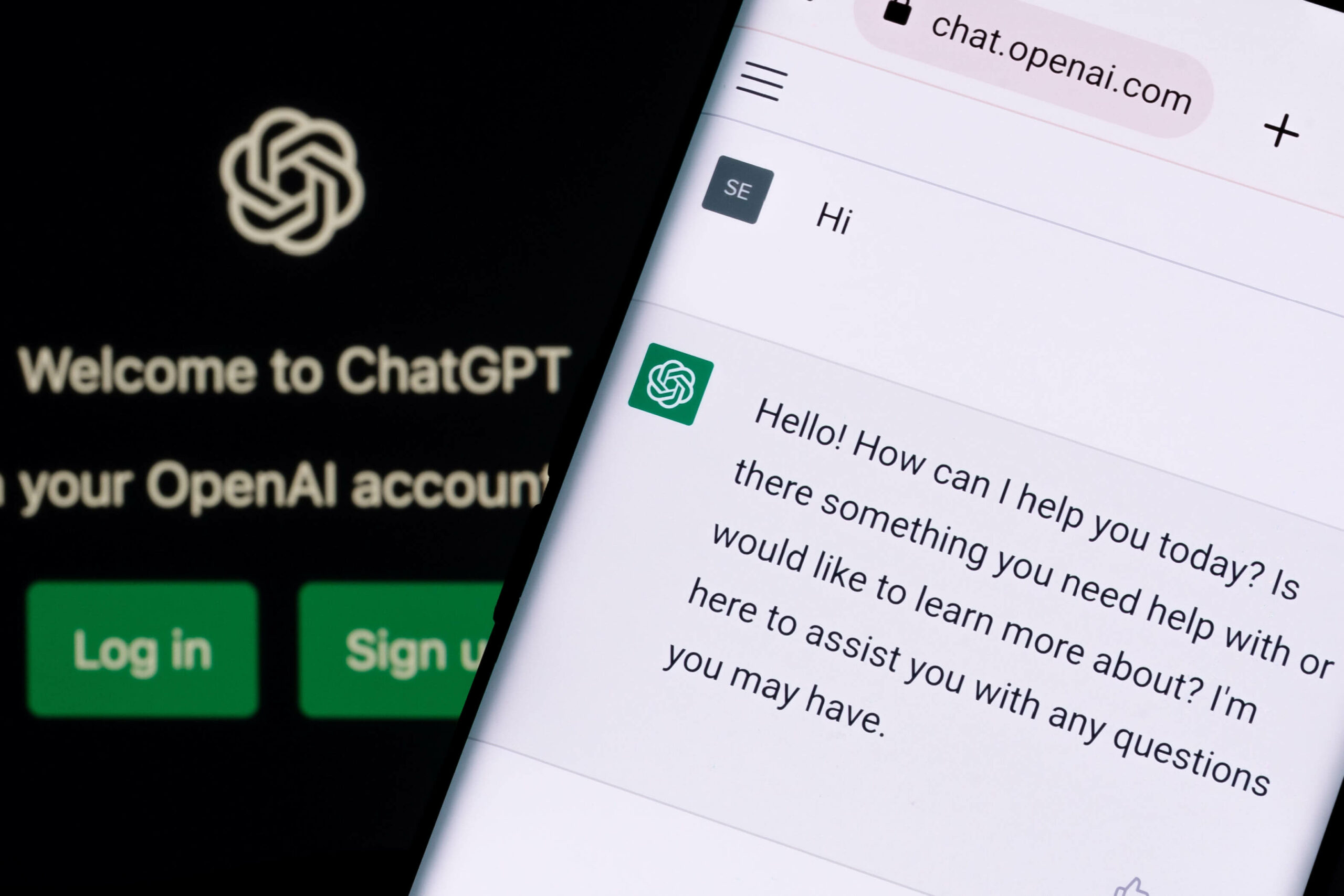The value of a strategic PR program isn’t always obvious to an organization’s leadership. But the impact of public relations is most relevant to those in that C-suite – whether they realize it or not. A C-level role offers plenty of opportunity as well as distinct challenges for decision-makers, especially in an uncertain economic climate. For most, it’s a huge personal and professional achievement that marks a heady time. The role of public relations may not be top of mind. However, it should be.
It’s important for a CEO and others at the C-level to understand what the right PR strategy can bring to the table. Here are some key areas where public relations can make a difference.
Strategic PR builds reputation
Public relations is sometimes mistakenly placed in the marketing bucket. But marketing and public relations are two very distinct functions. While marketing is focused on driving sales, PR is designed to build trust in a brand or company and grow its reputation. That may not seem like as high a priority as demand-generation, but over the long term, reputation offers greater value to the organization. And in the ideal world, marketing and PR work together. You need both.
Reputation is also invaluable at the individual level. The right kind of visibility is a career-booster for a newly minted C-level executive or one who aspires to be there. There’s real personal and professional value in tactics like keynote and panel speaking opportunities, contributed opinion content, thought leadership, and industry recognition. Those are all desired outputs of a good PR campaign.
An outside perspective
It’s easy to get tunnel-visioned when you are close to a project or business unit. What you see and what your PR agency sees could diverge — in a good way. PR pros know what will be interesting to the press, what poses a risk, and how to spot and shape a story. By asking the right questions and engaging in thorough conversations, a PR team will know how tell a story for maximum impact. Beyond the media relations role, an objective view of the organization will help identify vulnerabilities, opportunities, and new strategies to build a leadership positioning.
A deep understanding of media and influence
Experienced PR teams offer deep and varied relationships, from the companies they work with, to journalists and influencers. Additionally, we bring an understanding of the nuances of exclusive media outreach, like timing, competitive intelligence, and targeting strategy. Our facility to identify what’s of interest and effectively engage with the right reporters at the right time, can be the difference between a stand-out success and an initiative that falls flat.
A resource for high-level storytelling
In technical industry sectors like B2B and ad tech/martech, it’s not always easy for an internal team to recognize the bigger story. A trained PR expert has the experience to not only understand technology advantages, but build a narrative to guide positive visibility and thought leadership at the executive level. Additionally, specialist communicators are adept at spotting and synthesizing trends within a sector or industry. Seeing around the corner is helpful in developing the big ideas that drive positioning and earned media coverage.
An extension of internal PR and communications
As a practical issue, many companies are restricted when it comes to head count. An agency team brings value that is distinct from the background of an internal comms unit. The value lies in the “multiplier effect” of the added media and sector experience of the external team. It can thus act as an extension of the internal PR unit, but with complementary roles, relationships, and experience. Joining forces through a trusted partnership amplifies a company’s ability to communicate to its most important audiences.
A big-idea resource
Who can put a price tag on a great idea? The right creative campaign, whether earned, paid, or both, can generate extraordinary benefits in the form of brand engagement, credibility, and even loyalty.
These attributes of strategic PR are not the only ones, but they’re important for any new C-suite executive. An experienced PR partner can advise on key moves and help guide decision-makers on strategies and channels that build individual careers, corporate reputation and business growth.









